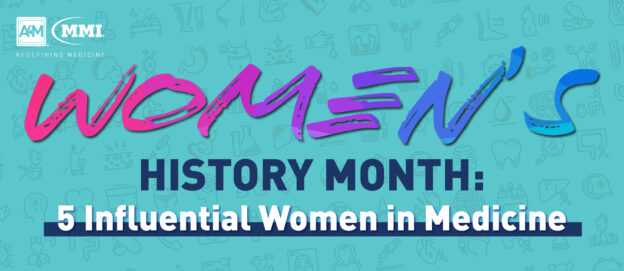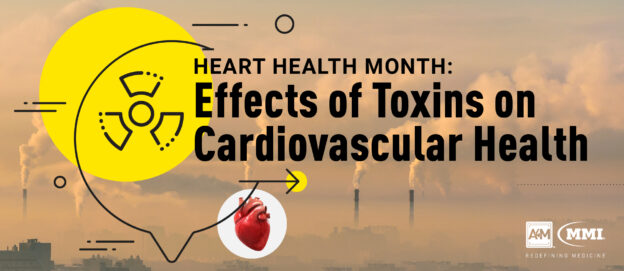Throughout history, women working in the medical field have had to tackle prejudice and discrimination while being largely excluded from science and medicine. In honor of Women’s History Month, A4M is spotlighting five female medical pioneers whose extraordinary contributions changed the practice of medicine, expanded modern-day knowledge and understanding of human health, and continue to inspire women pursuing careers in the field to this day.



